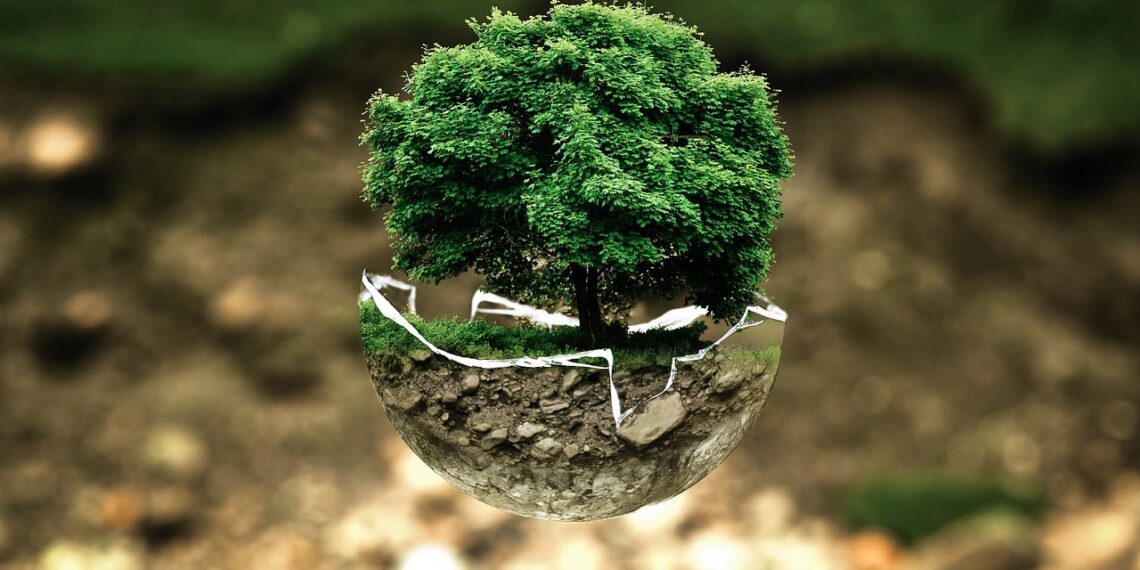Regardless of whether or not we have a healthy natural environment, there are certain things that we can do to protect it from harm. The best way to do that is to learn more about environmental protection.
Conservation vs. preservation
Despite their similar names, conservation and preservation are actually quite different. They differ in how they are applied and what they are actually about. The two concepts are used in tandem to achieve an equilibrium between humans and nature.
In the field of conservation, the main objective is to preserve and manage natural resources. These include the earth’s resources, its wildlife and its flora. These resources can benefit humanity in the short term and help boost the economy in the long term. A small percentage of human usage is sufficient to preserve and protect natural resources without permanently damaging them.
The term “conservation” was first used in the 14th century to refer to the act of guarding. Later, the term came to be used for conscientious use of natural resources.
Conservation focuses on protecting the earth from wasteful development and resource depletion. Its main goals are to reduce the wear and tear of the earth, stop deforestation, and manage species extinction. It also means avoiding overfishing, mitigating climate change, and making the most of the planet’s natural resources.
While both conservation and preservation are useful for the environment, conservation is a better choice. This is because it is more relevant to ecology and biodiversity. Conservation aims to protect natural resources in a way that makes them available for future generations.
Links between prosperity and environmental protection
Historically, there has been a connection between prosperity and environmental protection. Prosperity has enabled nations to divert more resources toward protecting the environment. This is true of both developed and developing nations. But the relationship is more complex than just a simple correlation.
The links between prosperity and environmental protection are a complex and interconnected matter. In order to address today’s challenges, it is essential that we look at them from a variety of angles. It is also essential to tackle them with a comprehensive approach.
Many economists have analyzed the connection between economic growth and environmental progress. Coursey, for instance, studied how income elasticity of demand for environmental quality varies with income. His findings indicate that the demand for environmental quality is 2.5 times higher for those with higher incomes.
Similarly, Baumol and Oates examined the connections between environmental protection and economic growth. They found that in countries with greater GDP, the percentage of people with access to clean water, safe drinking water, and sanitation increased. And more people also had access to electricity. These facts are incongruous with the common assumption that economic growth is a contributing factor to environmental deterioration.
On the other hand, poorer countries experience deterioration in environmental quality when their wealth increases. Similarly, industrialization and urbanization increase pollution. However, there are some exceptions.
Critics of the EPA
During the 1960s, Rachel Carson published Silent Spring, a book which sparked a national conversation on the importance of protecting the environment. Today, the Environmental Protection Agency (EPA) protects human health by protecting air, water, and land from pollution. It also oversees pollution prevention programs.
Critics of the EPA are upset at the agency’s ability to enforce the law. They claim that it is too expensive and stifles the economy. In response, the agency has weakened fuel-efficiency standards, decreased mercury emission rules, and weakened soot pollution standards. They also argue that the EPA is failing to take into account the health effects of air pollution.
Critics argue that the agency relies on science only to defend policy positions. That is true, but it is also true that the agency has a fragmented system. That fragmentation makes it difficult to implement major new regulations. This has also led to a large amount of red tape and excessive litigation.
The EPA also lacks program evaluation capabilities. That means it cannot set rational priorities among different programs. EPA also does not have an organic statute. This has impacted the agency’s ability to identify new environmental programs.
Critics of the EPA argue that the agency is failing to meet statutory deadlines. This is a claim that ignores the fact that the agency is re-issuing lawful standards for several years.
Founded by Advantica, SQM Club is a non-profit organization that helps people improve their environmental performance and become more sustainable. The organization has more than a thousand members, which come from different companies and organizations across the globe.
SQM Club offers free tools for measuring carbon emissions and offers strategies to reduce the impact of greenhouse gases on the environment. There are also special events for members to help them increase awareness about environmental issues.






